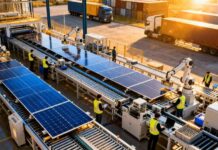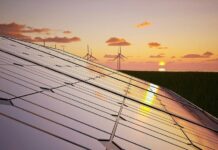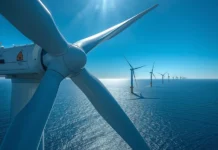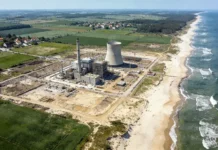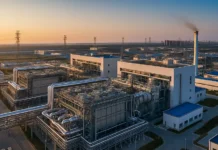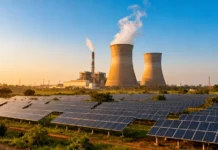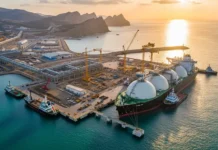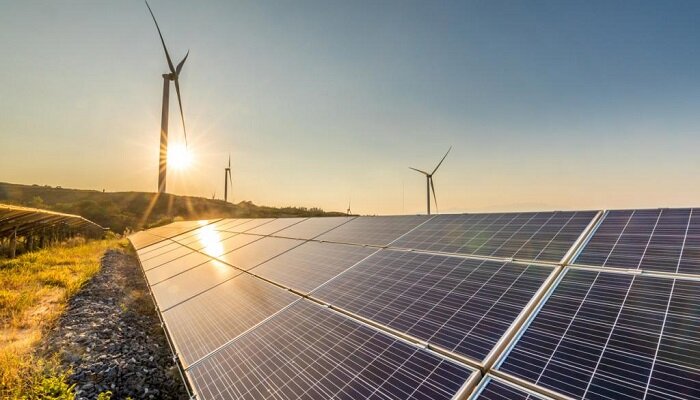The rise of renewable energy in Latin America is often attributed to Chinese influence. Chinese companies dominate the installation of wind and solar technologies in the region, with China’s State Grid controlling over half of Chile’s energy distribution. China has also become a major investor in Latin America’s critical minerals sector, particularly in lithium, cobalt, nickel, and rare earth elements, which are essential for electric vehicles and clean energy technologies.
While China’s growing influence over clean energy supply chains and energy systems raises international concerns, the relationship between China and Latin America is becoming more complex as Latin American countries seek to secure their resources and develop their own clean energy futures. In addition to international investments, Latin American countries are fostering their own energy innovation cultures. These cultures range from high-tech innovations with advanced materials to what is known as “frugal innovation.” Frugal innovation, often born in resource-scarce contexts with financial and material constraints, emphasizes sustainability with lower costs.
Chile serves as an example of how Latin America is embracing renewable energy while planning for a more self-reliant future. With the support of Chinese investments, as well as other sources, Chile has exceeded its 2025 renewable energy goal, with about one-third of the country now powered by clean energy. However, the country’s valuable lithium reserves in the Atacama Desert have drawn China’s interest. To maintain control over its reserves, Chile’s government has announced a national lithium strategy to ensure partial ownership of future developments.
Chile has also focused on developing its own renewable energy industry. In the past decade, the government established centers of excellence for research in strategic fields, inviting foreign research institutes to collaborate with local businesses and research centers. However, challenges remain, such as the lack of financing and the need to transfer knowledge effectively.
Frugal innovation, born out of resource-scarce environments and material constraints, is a notable aspect of Latin American innovation. Startups like Reborn Electric Motors in Chile and Industrias Quantum Motors in Bolivia have developed affordable electric vehicles and mobility solutions, targeting wider adoption in the region. Phineal, another Chilean company, focuses on advanced solar energy projects, including solar system installations and blockchain-based renewable energy management.
Looking ahead, Chile is also venturing into green hydrogen production, utilizing its abundant solar and wind power. The government aims to establish a public-private partnership for hydrogen production, with the goal of eventually rivaling the mining industry’s contribution to the country’s economy. Latin America already meets a quarter of its energy demand with renewables, and Chile and its neighboring countries are committed to further increasing these numbers in the future.




